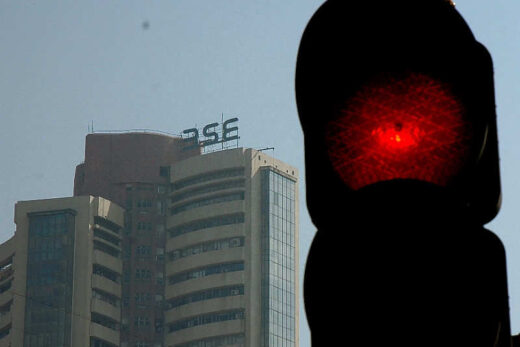The discussions come ahead of RBI’s next monetary policy meeting to be held from August 4th to 6th.
One of the key issues discussed in the meeting was about how the central bank would tackle a ballooning surplus of liquidity in the banking system, more specifically the use of variable rate reverse repo operations.
Since January, the RBI has been regularly conducting 14-day variable rate reverse repo operations in tranches of Rs 2 lakh crore in order to temporarily drain out excess liquidity from the banking system.
“The meeting was between RBI and bankers on Tuesday about ways to keep bond yields from going up and the largest issue right now is what RBI will do on liquidity,” a bank official who attended the meeting said on the condition of anonymity.
“The feedback given was that the liquidity overhang is too much. So VRR is inevitable. It’s just that the RBI has to prepare the market and not give a shock in terms of the auction size or the auction tenure,” the official said.
Liquidity in the banking system is currently estimated at a surplus of Rs 6.5 lakh crore, while the government is seen holding around Rs 4.-4.5 lakh crore, taking the core liquidity to over Rs 10 lakh crore.
RBI has infused large amounts of liquidity in the banking system since last year in order to keep borrowing costs in money markets and the sovereign bond market low amid the coronavirus crisis.
For more than a year now, the actual cost of funds for the market has been the reverse repo rate of 3.35%, rather than the benchmark policy repo rate of 4.0%.
The weighted average interbank call money rate, which is the stated target of RBI’s monetary policy, has been well below the repo rate for more than a year-and-a-half. It was last at 3.40%.
However, with inflationary impulses on the rise, it would be tricky for the RBI to permit an even larger surplus of liquidity, which in turn could lead to money market rates falling below the lower bound of the monetary policy corridor–the reverse repo rate –as was the case in December 2020.
“So core liquidity is around Rs 10.5 lakh crore and there’s a redemption of around Rs 1.75 lakh crore this quarter because of T-bills,” another official who had attended the meeting said.
“Moreover in this quarter, the currency leakage is far lower and on top of that there’s RBI intervention in the foreign exchange market. So, one can say that liquidity in the banking system by September can head towards Rs 8-8.5 lakh crore.”
The market’s concern over the use of variable rate reverse repo operation is not unfounded.
In January, when the RBI unexpectedly announced the use of the tool, bond traders took it as a precursor to the central bank normalising liquidity management operations and starting the process of reversing its current ultra-loose monetary policy.
Bond yields surged across the board rose, with yield on the then 10-year benchmark bond climbing more than 10 basis points.
“So basically the market told them to do a gradual increase in the VRR amount as and when it happens. Perhaps, increase it from Rs 2 to 2.5 lakh crore, and then to Rs 3 lakh crore in the next quarter and so on,” the second official said.
In the recent past, the RBI, as the government’s debt manager, has been known to have taken on board several suggestions made by the bond market in order to push through the borrowing programme.
With the government announcing a massive 12.06-lakh-crore rupee gross borrowing programme in the current financial year, the central bank will have to work deftly in order to curtail market volatility especially at a time when domestic inflation is on the rise.



